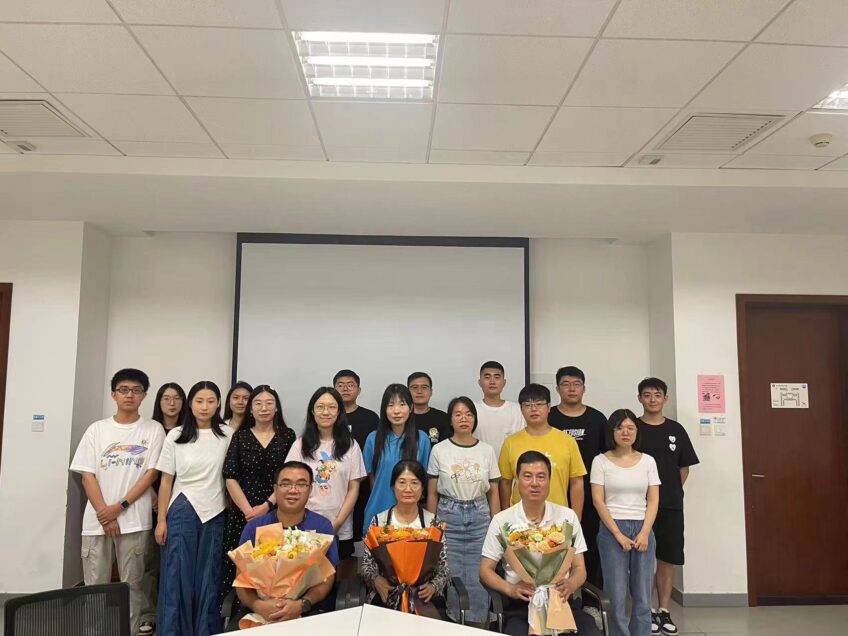天津大学多尺度过程强化课题组长期致力于揭示多相化工过程的多尺度特性的研究,获得新工艺、新装备和新材料,以实现在多个应用领域节能降耗减排及效率提升的目标。
课题组研究方向包括:膜分离、电催化、绿色分离技术、计算流体力学、离子液体、化工工艺包研发等。
Vestibulum a fringilla felis. Curabitur tincidunt non nisl sed congue. Donec commodo finibus tellus, a consectetur eros dignissim in. Sed eget luctus urna, sit amet dictum lectus.
Pellentesque auctor turpis fermentum elit ullamcorper aliquet. Etiam mauris sem, mattis at turpis posuere, facilisis sagittis risus. Duis libero urna, tincidunt sit amet diam ut.
Donec placerat ante urna, id luctus nisi mollis id. Class aptent taciti sociosqu ad litora torquent per conubia nostra, per inceptos himenaeos. Ut placerat ex in sapien gravida, vel tempus risus.
Vestibulum a fringilla felis. Curabitur tincidunt non nisl sed congue. Donec commodo finibus tellus, a consectetur eros dignissim in. Sed eget luctus urna, sit amet dictum lectus.
Pellentesque auctor turpis fermentum elit ullamcorper aliquet. Etiam mauris sem, mattis at turpis posuere, facilisis sagittis risus. Duis libero urna, tincidunt sit amet diam ut.
研究团队

张吕鸿
教授,博导
张吕鸿教授主要从事绿色分离技术、计算流体力学、新型分离材料等领域的研究。

姜斌
研究员,博导
姜斌研究员从事精馏塔设计与研发、传统化工分离、化工工艺包开发、新型分离材料等研究。

孙永利
研究员,博导
孙永利研究员致力于电催化、膜分离、化工分离过程等领域的研究。
Our Team, In the Press
Read of our latest success, in the press

Marson & Crowley fusion
James Whitefield | May 15th 2015
Per modus quaeque eu. Per te fabulas intellegat. Ut quem sonet quidam mel, velit audiam has at, numquam singulis sensibus sea ut.

The Robinson Case resolution
Amanda Palmer | April 25th 2015
Duis albucius vis in. Ea nostro diceret nec, ad sit mentitum copiosae. Id causae mandamus molestiae vim. Sed appareat instructior at.

Update on the Crowley Case
Amanda Palmer | April 5th 2015
Usu et quis comprehensam, purto harum gubergren mei an. Diam augue id qui, mel te omittam electram, denique atomorum in mel.
Where you can find us
If you wish to visit us directly, we can offer free counseling

